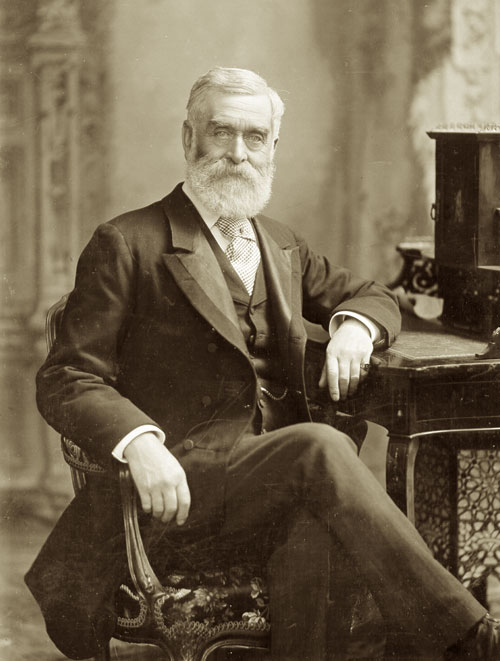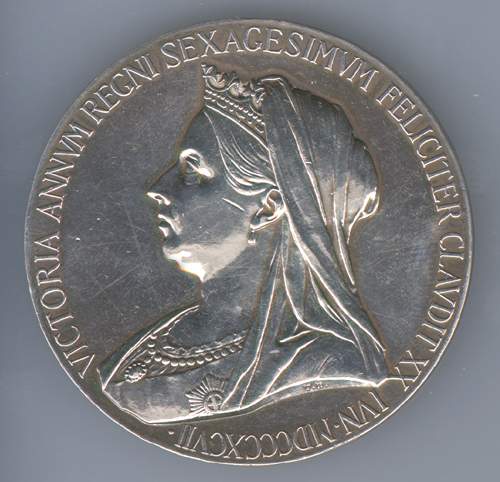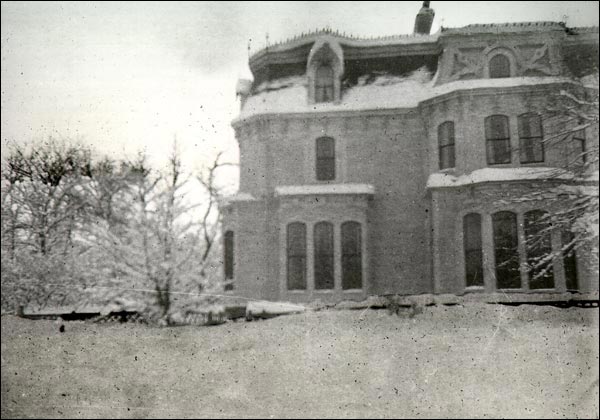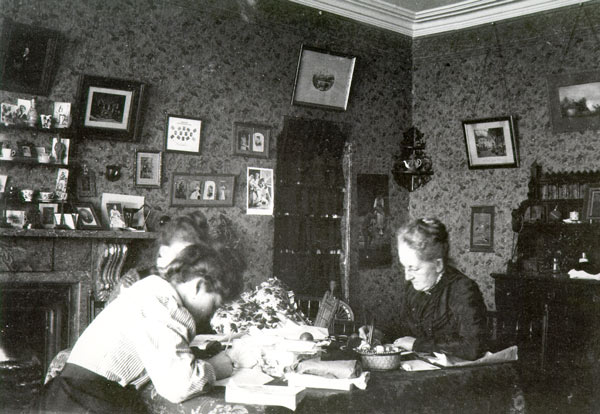Remembering the Life of a Newfoundland Prime Minister
From the files of The Gazette Febuary 10, 1994.
Sir William Whiteway's name is little known today, but 100 years ago, in 1894, his was probably the most recognized name in Newfoundland. He was Prime Minister and had just won a majority in the election held in November 1893; by January 1894 he was fighting for his political life: the Conservatives had filed petitions against Whiteway and many of his Liberal colleagues claiming voting irregularities.

Sir William Vallance Whiteway (1828-1908) was born and educated in Devon. He came to Newfoundland at age 15 as a mercantile apprentice but soon began to study law. Called to the Bar in 1852, he practised for a number of years before entering politics. He was first elected to the Newfoundland House of Assembly as member for Twillingate and Fogo in a by-election in 1858. Re-elected in general elections in 1859, 1861 and 1865, he was made Speaker in 1865, and participated in the Confederation talks with Canada ongoing at that time.
His commitment to Confederation led to his defeat in 1869 but he was returned to the House as member for Trinity in 1873, a seat he was to hold until 1885 and again from 1889 to 1894. In 1874 he was invited to become a member of Sir Frederick Carter's Cabinet as Solicitor General; in 1878 he succeeded Carter as Prime Minister. He served until 1885 when, as a result of events (sectarian, political and judicial) arising out of the infamous Harbour Grace Affray, he retired from politics.
He returned as Prime Minister in 1889 and was re-elected in 1893. Disqualified from membership in the House of Assembly by the Supreme Court as a result of the petitions mentioned above, special legislation enabled him to once more become a member in 1895. He served two more years as Prime Minister, losing the 1897 general election to the Conservatives. He was the first Newfoundlander made a member of the Imperial Privy Council, he was knighted for his service to the Empire and he was a life-long member of the Masonic, eventually becoming head of that order in Newfoundland. He died in St. John's in 1908.

Whiteway served in the Newfoundland House of Assembly for 30 years, 14 as Prime Minister. He believed Newfoundland's future lay in the development of the interior. To promote this development, he was the prime mover behind the construction of the railway line across Newfoundland and a major force behind the construction of the St. John's dry dock and the opening of the iron mines on Bell Island. He worked towards the end of French treaty rights on Newfoundland's west coast and was instrumental in the settlement of the fishery dispute with the United States in 1887.

In 1964 Whiteway's son Maxse decided to sell the family home at 6 Riverview Avenue, St. John's. It was at this time that librarian Agnes O'Dea had been appointed by the university librarian to develop the Newfoundland collection at Memorial. As a result, the University Library acquired what remained of Whiteway's book collection. Also included was what had survived of his personal papers. These were put in storage for a number of years. When they were eventually sorted and catalogued, they were found to occupy two and one-half linear feet, not an incredible amount of material for someone who had spent over 30 years in politics, operated a successful law practice, was Grand Master of the Masonic Order in Newfoundland and lived to be 80, but at least this much had survived.

The material in the collection includes extensive correspondence with constituents and with the general public, materials related to construction of the railway and the many problems encountered along the way, material related to the fishery, mining exploration, the constabulary, the Union Bank, the great fire, various legal cases, the Masonic Order, hunting and fishing trips, household matters. There are diaries and scrapbooks, both personal and political, household accounts and property documents including a floor plan for the family house at Riverview. And there are over 300 photographs, pictures of the family at home, on various overseas excursions, Whiteway on hunting trips to the interior of Newfoundland, and a very distinguished portrait of Whiteway taken by Lafayette Ltd. studio in England. There is the Queen Victoria Diamond Jubilee medal he received as an official colonial representative to the Jubilee celebrations and a handwritten petition signed by over 300 residents of Trinity Bay communities imploring Whiteway to offer himself there as a candidate in the 1889 election. It may be a small amount of material but it provides a very important picture of possibly the most influential Newfoundlander in the last quarter of the nineteenth century.




